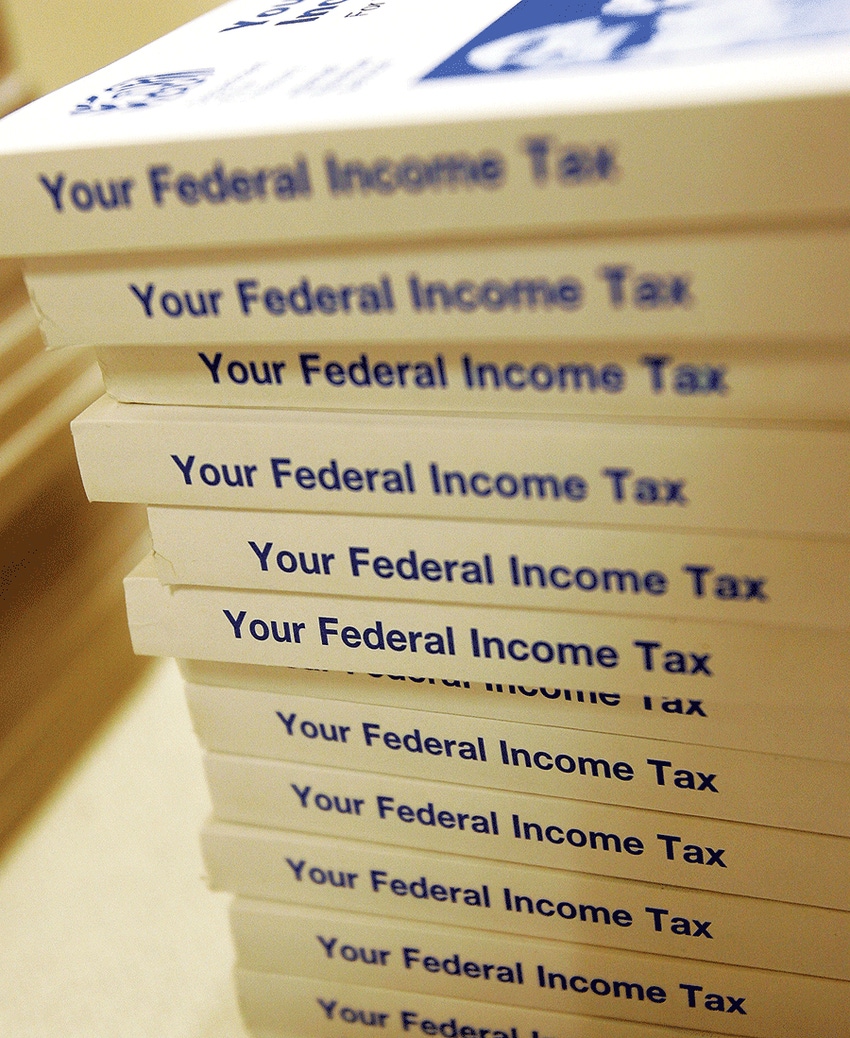
So, lemme see if I understand: We’ve got a country that’s drowning in debt, but if we enact massive tax cuts for big corporations and the top 1 percent super wealthy, Presto!, Change-o!, new factories will magically be built, millions of jobs will be created, generating greater tax revenues to offset the tax cuts, and our financial problems will disappear.
Yeah, sure.
And how did that work for Reagan, who cut the top tax rate from 70 percent to 50 percent? His budget director, David Stockman, summed it thusly on a Planet Money interview with Alisa Chang: “The deficit was projected to explode to levels never before seen in peacetime.” It was necessary to later pass tax increases to plug “the horrific hole” in the budget.
Doug Holtz-Eaken, Congressional Budget Office director under President George W. Bush, told Chang: “I’m a very conservative economist. I would love it if tax cuts paid for themselves. But I’m also someone who looks at the numbers — and there’s just no evidence that tax cuts actually pay for themselves.”
The non-partisan Committee for a Responsible Federal Budget did an analysis of the Trump tax proposal, based on the limited information provided, and concluded that for the tax cuts to pay for themselves, the U.S. economy would have to grow by $5.5 trillion, or a sustained 4.5 percent for the next 10 years — considered highly unlikely. The average annual growth rate since 2001, the CRFB notes, has been just 1.8 percent.

"I would love it if tax cuts paid for themselves. But I’m also someone who looks at the numbers — and there’s just no evidence that tax cuts actually pay for themselves.”—Doug Holtz-Eaken, Congressional Budget Office director under President George W. Bush
Edward Kleinbard, professor of law and business at the University of Southern California, in a Los Angeles Times op ed, says the Trump tax cuts are of the Candy Land School of Economics, i.e., that “tax cuts are always good, and the resulting government deficits are inconsequential, ostensibly because those tax cuts will trigger unprecedented economic growth that in turn will yield even higher tax revenues. It promises gifts for all today, and assumes away tomorrow … The underlying theme that what this country needs is a big tax cut is seductive, politically salient — and profoundly wrong.” He is quoted by CRFB: “There is no time in modern history where tax cuts could be said to pay for themselves.”
Not to be outdone, many states have adopted the less-is-more approach to taxation. In my state, Mississippi, the legislature has passed hundreds of millions of dollars in tax cuts since 2012, supposed incentives to economic growth. But revenues have gone steadily down and the governor slashed this year’s budget by more than $170 million to offset shortfalls. Universities, infrastructure/transportation, and other programs have had sharp funding cuts. Major credit rating services are expressing concern about the state’s finances.
Prior to this year’s regular session of the legislature, Mississippi Attorney General Jim Hood talked about “the damage inflicted to agency budgets because of state leaders’ untimely devotion to tax breaks for big businesses. Those misguided corporate tax cuts,” he said, along with other legislative giveaways and mathematical errors had “led to a reduction of beds at the state hospital, layoffs at the Department of Revenue and the Forestry Commission, and closure of National Guard armories.” Revenue collections would “fall far short” of lawmakers’ projections, he warned, “and I’m concerned that there are more significant budget cuts ahead.”
Which is indeed what has happened. In a recent civic club talk, Hood said the legislature has not quantified how the tax reductions have benefitted the state, and said the cuts “are sinking our economy and hurting our chances for economic development,” and have forced a 25 percent cut in funding to state universities, resulting in yet more tuition increases.
Mississippi isn’t alone; more than 30 states faced revenue shortfalls in fiscal 2017, which are expected to continue into fiscal 2018. Eleven of those have passed large tax cuts since 2011.
About the Author(s)
You May Also Like




